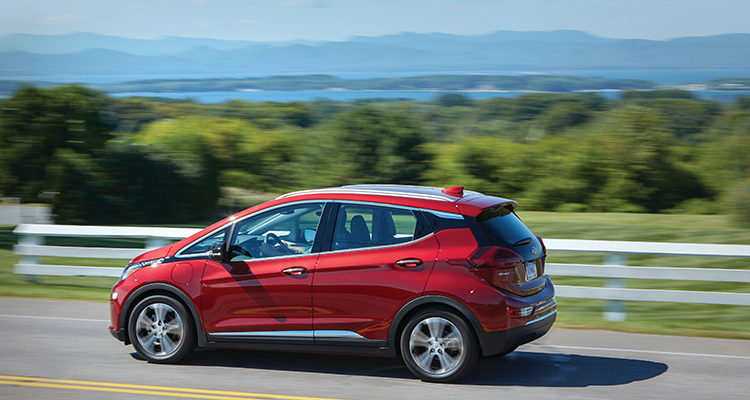To be effective in an EDU, the composite material must have good damping characteristics while retaining the desired strength and stiffness properties. “There is typically a bit of a tradeoff between stiffness and damping. Things that might be really well damped, like a piece of paper, won’t be very good handling loads in the gearbox or motor,” Hose says. To find the right materials, NCC has been investigating long-fiber thermoplastics with various combinations of polymers and fibers, including everything from natural fibers like hemp to high-performing carbon and aramid fibers.
Working with composites can be challenging simply because of the many possibilities they offer. “There is so much information out there, and there are so many permutations,” Hose says.
DSD is assisting NCC with its expertise in transmission and motor design and with the design parameters for the composite materials. The list of requirements has been set deliberately high in the hopes that it will stimulate innovation. “That’s when those eureka moments can happen,” Hose adds.
During the project, DSD will also be using its modeling capabilities to virtually test how changing some structural elements in an EDU – switching out an aluminum mount to a composite mount or a steel ball bearing case to a composite case, for example – will impact the NVH characteristics in a vehicle.
In addition, NCC and DSD are looking at the feasibility of using composite banding to improve motor design in production vehicles. Increasing the strength of the magnets in a rotor improves a motor’s power and efficiency, but also adds mechanical strain to the rotor casing. If manufacturers could find a cost-effective way to wrap that casing in a composite band, providing additional strength, they could increase the motor performance for all the EVs they produce.
DSD and NCC anticipate wrapping up their composites research sometime in the fall. While the results will answer some questions about composite materials’ ability to dampen sound, they are likely to introduce even more. The next step could be finding a company interested in doing real-world testing of the composite rotor components. “We will have moved the game in our thought leadership a lot,” says Hose. “I think we will know better how we can make some big leaps in designing more interesting combinations of electric drive units.”


